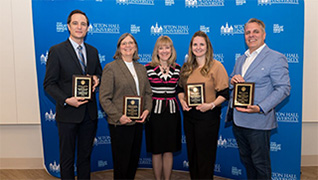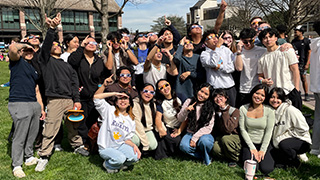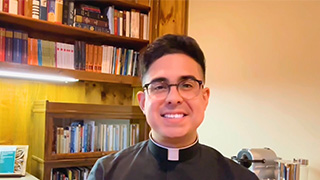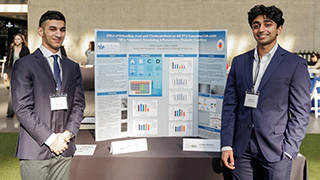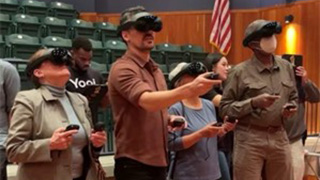Inside the Core
Thursday, September 28, 2023
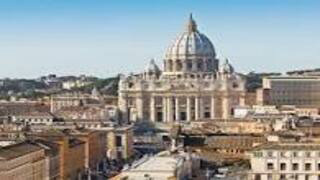
St. Peter's Basilica in the Vatican, where many bishops, cardinals and others will gather for the Synod.
Inside the Core this week, on Sept. 26, many of us enjoyed hearing Msgr. Piero Coda speaking about the Synod Pope Francis has convened in Rome. This talk, sponsored by the Catholic Studies Department and co-sponsored by the Core, was a wonderful and inspiring invitation into the working of the Holy Spirit in the Church through the Holy Father and the Synod. Entitled "Synodal Church: Tradition, Kairós, Challenges," Fr. Piero guided his audience through the meaning of the dialogue inherent in the process of the Synod. Fr. Coda was particularly happy to see students at the event, clearly engaged with what he was saying. See the link for more about the speaker and the talk -- Monsignor Piero Coda to Lecture on Synodal Church: Tradition, Kairós, Challenges.
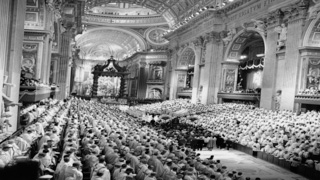
Vatican II
Afterward, I got to speak with Fr. Coda about his use of the word Kairos, the Greek word for the opportune moment or, one might say, time touching eternity. He used the word for his title because he believes this unique time of the Synod offers an open door for the Holy Spirit to renew the Church, just as was the case during Vatican II, when Pope John XXIII wanted to "open a window and let in the Holy Spirit." Fr. Coda spoke about how the church must have the bishops, the presbyterate (priests), and laypeople all in agreement, forged through openness and dialogue. He made the distinction between what the church is – a fraternal group of brothers and sisters with the Pope as the elder brother, but all of us equal-- and what it is not, that is, neither a democracy nor a monarchy.
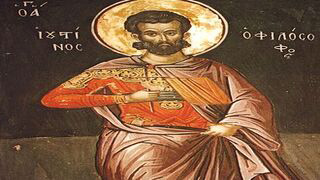
Saint Justin Martyr, second century
This concept of Church fits in beautifully with the way the Core engages texts from the Catholic Intellectual Tradition as well as other perspectives, all of them dealing with topics of deep meaning and moral/ethical values. Though the Synod involves dialogue among those identifying as "church," the texts in the Core enlarge the dialogue to bring in other writings by those from differing perspectives. This approach is in keeping with the respect for other traditions outlined in the famous document from Vatican II, Nostra Aetate ("in our times"), a text taught in the beginning of Core I. Learning from and listening to others in no way diminishes a deeply held faith. In fact, it often makes one appreciate it more. Justin Martyr, an early Christian writer read in Core II, advocates an approach that involves reaching out to those who believe differently – in his case pagan Greeks and Romans – to find common ground. Though he eventually was killed (because not everyone in those times, like now, was willing to dialogue), his message resonates with those seeking dialogue today.
As the Synod progresses during this year (beginning on Oct. 4 and closing in 2024), we in the Core need to follow closely what is happening, as this moment in the Church, as Fr. Coda said, is crucial for many believers and, going further, we can say that it will also impact the world beyond the Church as well. Ordinary people can support the Synod, even from a distance. As Pope Francis says, quoted on the Synod website, "Without prayer, there will be no Synod."
Categories: Faith and Service

